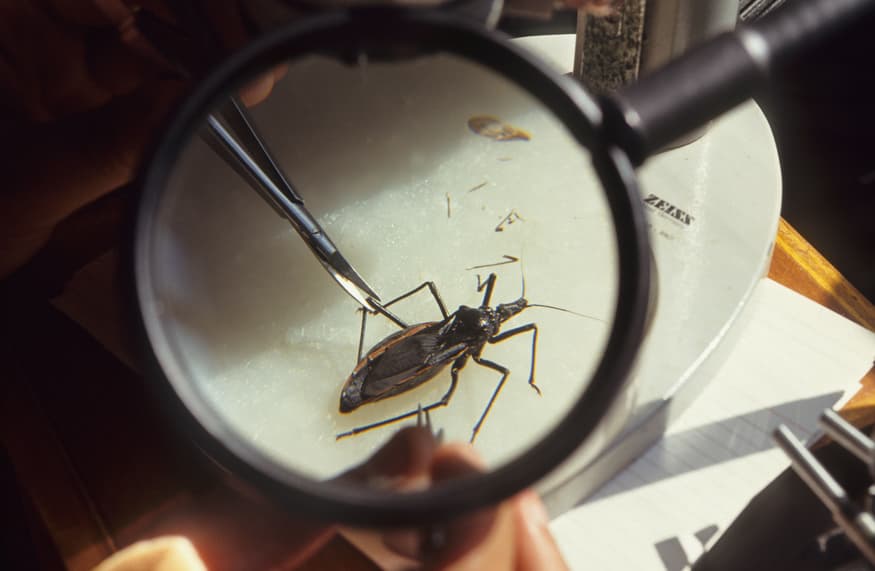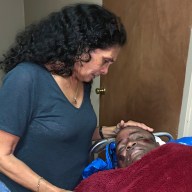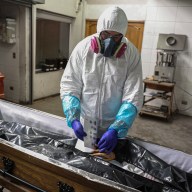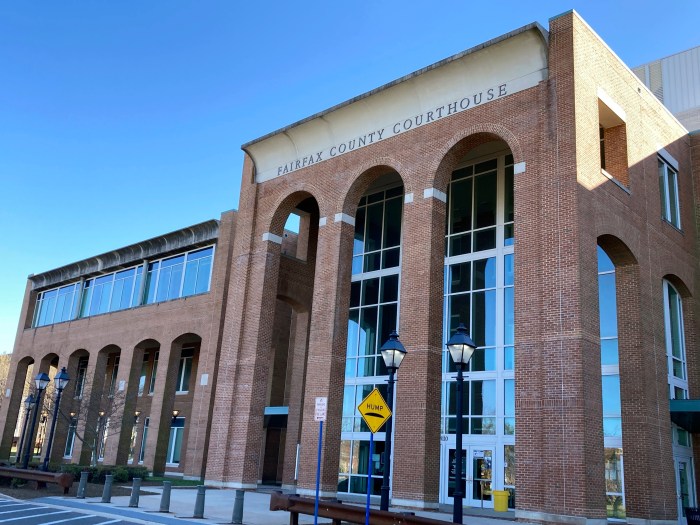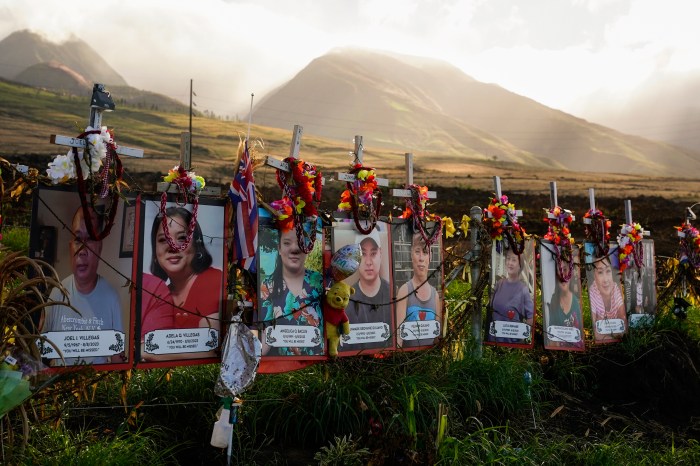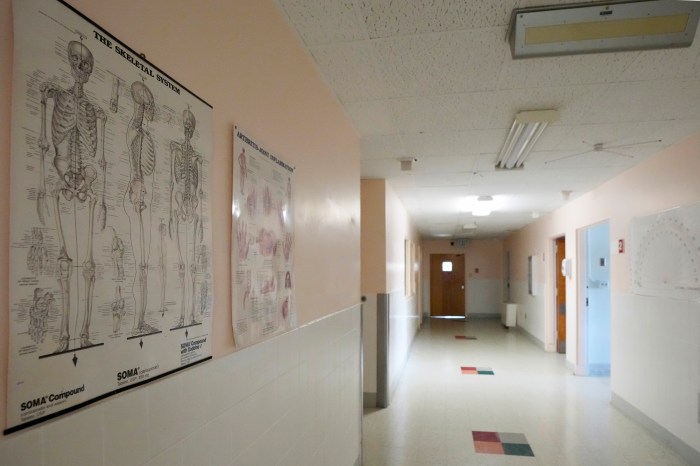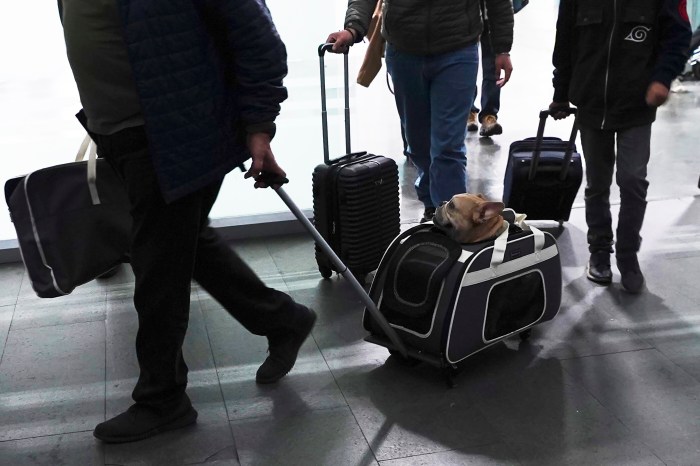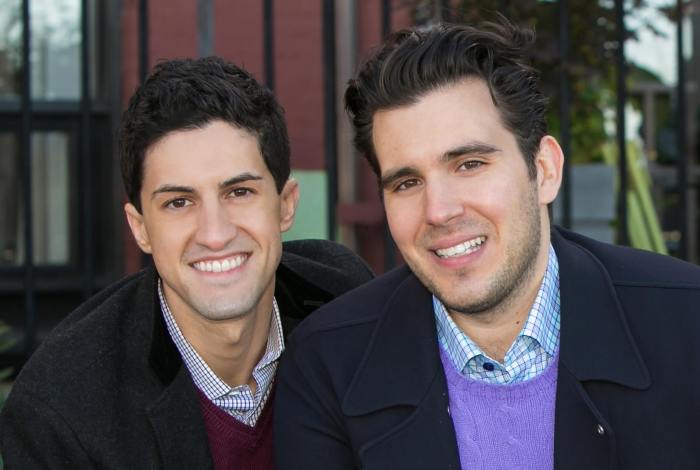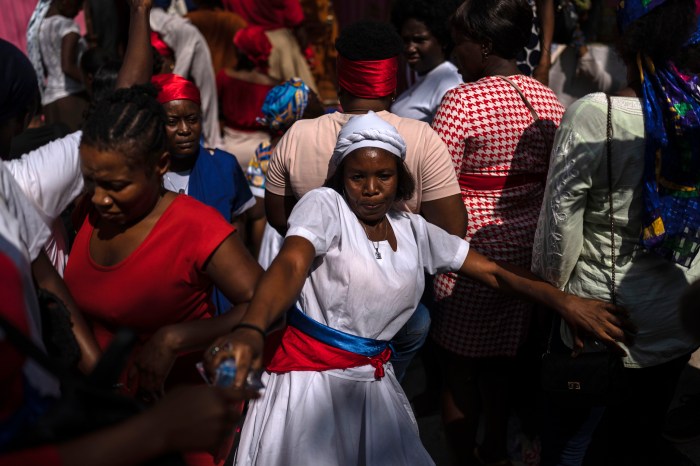If kissing bugs doesn’t sound like your idea of a good time, then you’re really not going to like this.
The American Heart Association released an advisory on August 20 warning doctors to be more vigilant about recognizing the signs of Chagas disease, a parasitic illness spread by so-called kissing bugs that can cause strokes and heart failure.
“Early detection of Chagas disease is critical, allowing prompt initiation of therapy when the evidence for cure is strong,” co-author Caryn Bern, M.D., M.P.H., professor of epidemiology and biostatistics at the University of California in San Francisco, said in the statement.
What is Chagas disease?
It’s estimated that as many as eight million people in Mexico, Central America and South America have Chagas disease.
The disease — caused by the parasite Trypanosoma cruzi — is spread by triatomine bugs, commonly called kissing bugs because they tend to bite around the mouth and nose. According to the U.S. Centers For Disease Control and Prevention, the kissing bugs suck up blood after biting, and then deposit their parasite-infected feces in the same area.
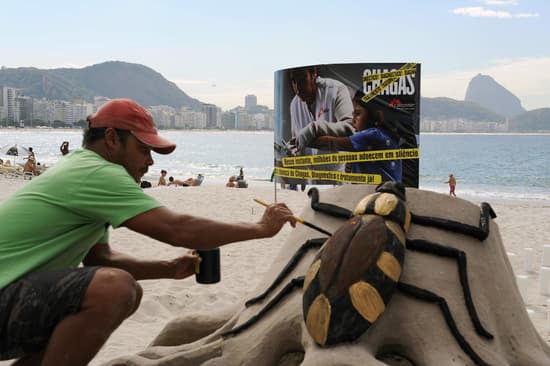
A person can be infected with Chagas disease if the feces makes its way inside the body through cuts or mucus membranes — an easy thing to do, given that most of the bites happen while people are asleep.
Chagas disease can also be transmitted through blood transfusions, organ transplants and even though eating cook contaminated with the feces of kissing bugs.
Though it’s mostly found in Central and South America, Chagas disease is now spreading across the United States and has sickened 300,000 in 27 states, according to the CDC.
What are the symptoms of Chagas disease?
There are two stages to Chagas disease: The acute phase that lasts for the first few weeks and is apparent with symptoms like fever, headache, fatigue, rash and swelling near bite wounds. Treating Chagas disease with anti-parasitic medications during the acute phase typically eliminates it.
However, the disease is often called “the silent killer” because, as the American Heart Association points out, it’s often asymptomatic and people don’t know they have it until it gets into the chronic phase that can eventually result in “heart failure, stroke, life threatening ventricular arrhythmias (heart rhythm abnormalities) and cardiac arrest.”
It’s even causes seven times as many “disability-adjusted life-years lost” than malaria, according to the AHA.
Is it time to panic? No. The AHA says that the risk of infection is “extremely low for most travelers and residents of endemic countries.”
You can minimize your risk of contracting Chagas disease by not “sleeping in houses with un-plastered adobe walls and/or thatch roofs,” according to the AHA experts and avoid “unpasteurized sugar cane juice, açai fruit juice and other juices when visiting affected countries.”

